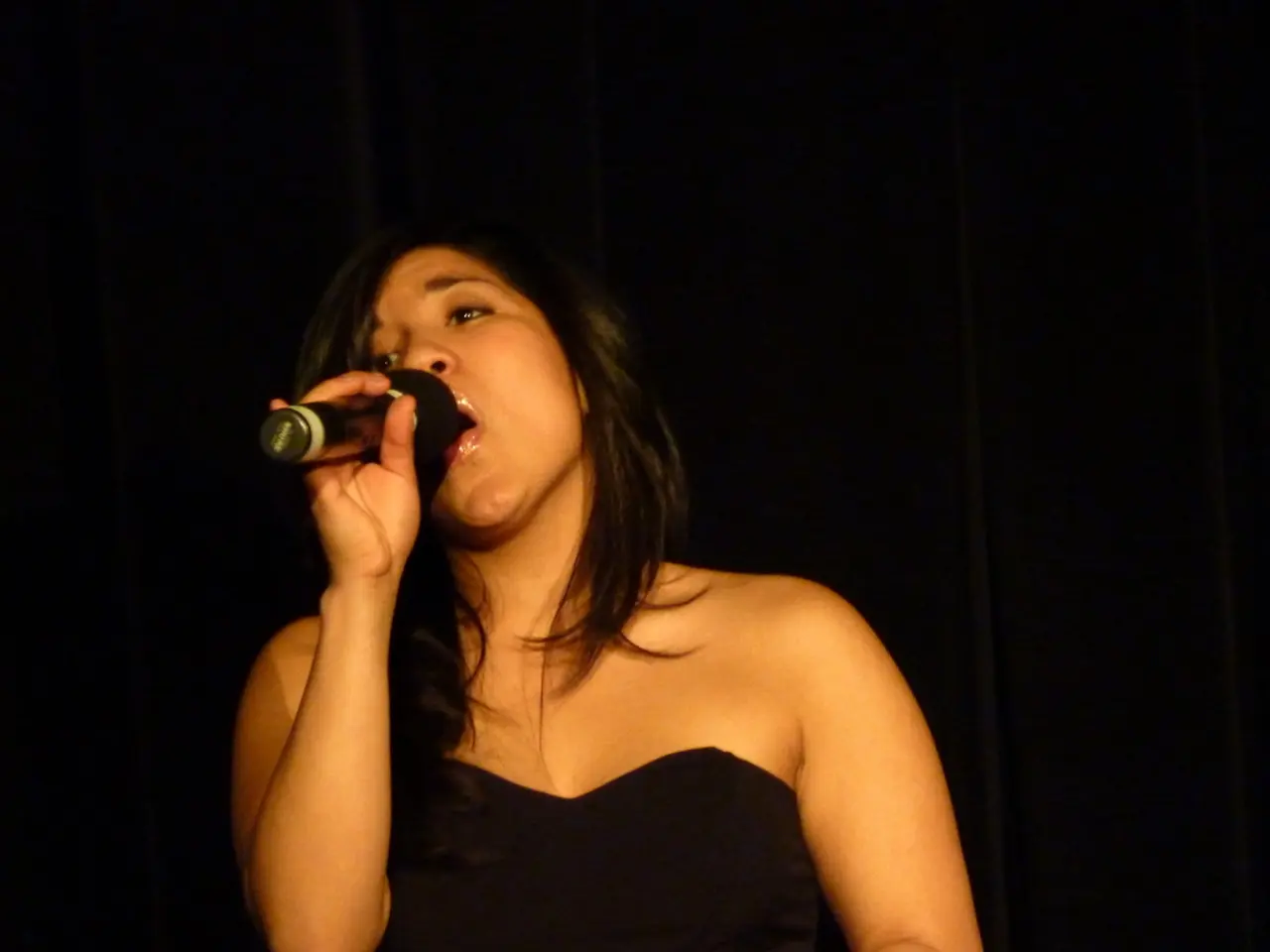Discussing the American Anthem Series on NPR's Morning Edition, interviewed scholar Professor Shana L. Redmond
In a recent segment on NPR's Morning Edition, Shana L. Redmond, a professor of musicology, discussed the significance of the song "Lift Every Voice and Sing." Often referred to as the "black national anthem," this hymn is a powerful symbol of resilience and faith within the African American community.
Written by James Weldon Johnson and his brother John Rosamond Johnson in 1900, the song originated as a poem for a celebration of Abraham Lincoln’s birthday. Performed by 500 Black school children in Jacksonville, Florida, the poem was subsequently set to music, creating a hymn that reflected the African American experience post-Reconstruction.
Implicitly protesting the injustices of Jim Crow laws and racial violence, the hymn incorporates biblical themes of liberation from slavery and the hope of reaching a promised land. As Redmond stated, the song is about transcending difficulties and recognizing a hopeful future.
The contemporary significance of "Lift Every Voice and Sing" grew notably during the Civil Rights Movement in the 1950s and 60s, and following the 2020 protests after George Floyd’s murder, the song saw a resurgence at national sporting events and public gatherings as a reaffirmation of Black heritage and struggle.
Theologically, the hymn incorporates Christian biblical symbolism, particularly from the Book of Exodus, portraying the African American fight for justice as a spiritual journey toward freedom and the Kingdom of God. Scholars emphasize its role as a "healing balm," offering hope and fostering humanity’s flourishing amid social division.
Today, "Lift Every Voice and Sing" serves both as a historical testament to Black perseverance and a contemporary anthem of faith, resistance, and unity within and beyond African American culture. To listen to the entire segment on "American Anthem: Music that Challenges, Unites and Celebrates," visit NPR.
[1] "Lift Every Voice and Sing." The Library of Congress, www.loc.gov/item/ihas.200036738/. [2] "Lift Every Voice and Sing." African American History, Smithsonian National Museum of African American History and Culture, www.si.edu/object/nmaahc_2010.31.4. [3] "Lift Every Voice and Sing." History, National Association for the Advancement of Colored People, www.naacp.org/history/lift-every-voice-and-sing/. [4] "Lift Every Voice and Sing." The New York Times, www.nytimes.com/2020/06/05/arts/music/lift-every-voice-and-sing-black-national-anthem.html. [5] Redmond, Shana L. "Lift Every Voice and Sing: The African American Anthem and the Politics of Black Faith." The Journal of African American History, vol. 100, no. 3, 2015, pp. 367–388.
Read also:
- Early Onset Puberty: Its Definition, Triggers, Risks, and Managing Strategies
- Critics Among Influencers: Championing 'Natural' Birth Control Methods. Essential Information Explained
- Trump appoints conservative economist for position at Labor Statistics department
- A discussion about the nature of congenital syphilis, a medical condition that occurs when a pregnant woman who has syphilis passes the infection to her baby during childbirth or through the placenta during pregnancy.




